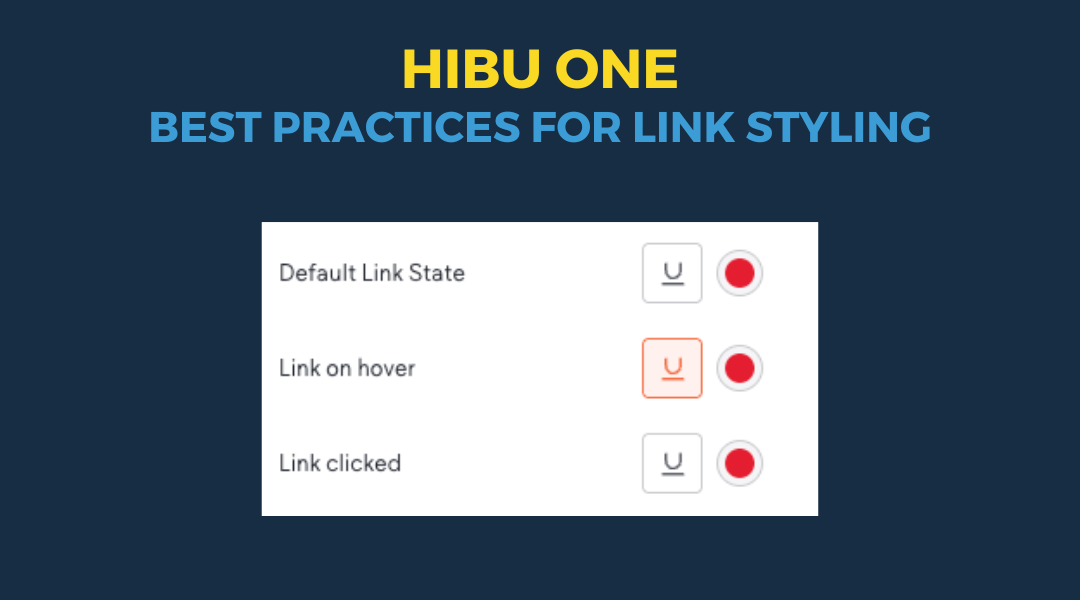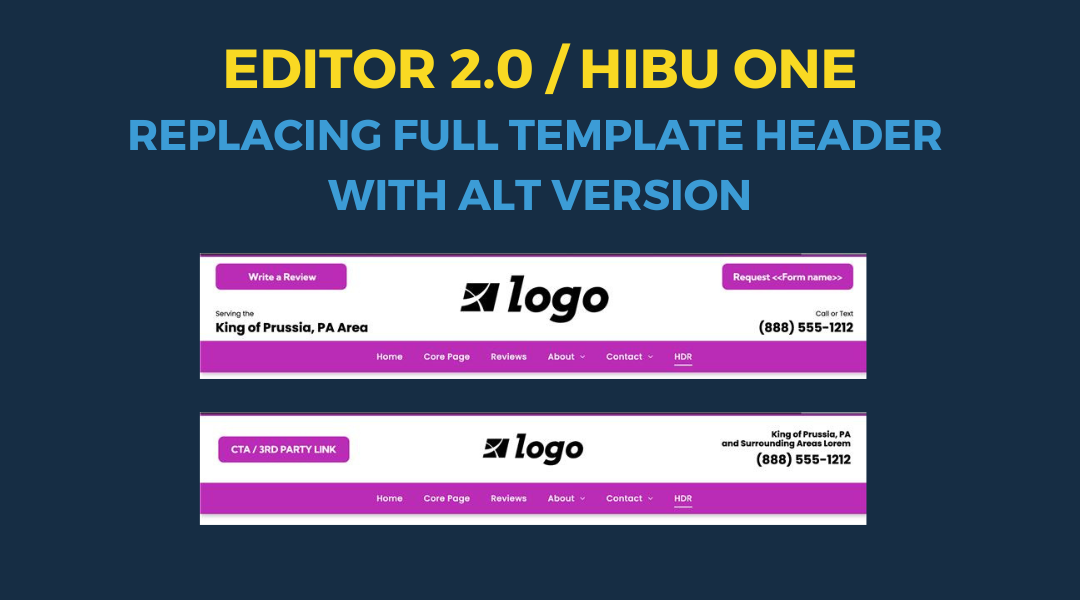301 Redirects / URL Redirects
A 301 redirect: guiding web traffic to a new destination with a permanent, virtual "follow me" sign.
What is a 301 URL Redirect
A 301 URL redirect (on simply 301 redirect) is a permanent redirect that notifies search engines that a page URL has been permanently moved to a new URL. This type of redirect is essential for maintaining a website's SEO and user experience.
There are three common reasons why CW would use a 301 redirect:
- When CW changes the URL of a page: This refers to the action of modifying the Page URL of a specific page on a website. This can be done for various reasons, such as improving the URL structure, enhancing user experience, or aligning with SEO best practices. When changing a URL, it's important to set up proper redirects to ensure that visitors and search engines are directed to the new URL.
- BYOD OLD Page URL: domain.com/roof5730
- Hibu NEW Page URL: domain.com/roofing-services
- 301 URL Redirect: domain.com/roof5730 -> /roofing-services
- When CW expands one page with multiple topics into multiple pages for each topic: This refers to the process of breaking down a single page that covers multiple topics into separate pages, with each page focusing on a specific topic. This can be done to provide more detailed information, improve organization, and potentially target specific keywords or topics for better SEO performance.
- BYOD OLD Page URL: domain.com/services (included info about roofing, siding, and widow services)
- CW creates 3 new pages: domain.com/roofing-services, .../siding-services, .../window-replacement-services.
- 301 URL Redirect: domain.com/services -> /home
- When CW consolidates multiple pages into one of like content: This refers to combining multiple individual pages into a single page. Consolidation can be done to streamline content, eliminate duplicate or redundant information, and create a more comprehensive and user-friendly page.
- BYOD OLD site consists of 10 distinct pages dedicated to each lawyer within the firm.
- CW consolidates the 10 unique pages into one page
- 301 URL Redirect: 10 pages -> /consolidated-page
- When CW deletes pages that were visible on the BYOD OLD site (such as services, blog posts, geo pages, product pages, etc.), it's vital to set up a 301 redirect from the deleted URL(s) to the home page.
How to Add 301 URL Redirects
Set Up Manual URL Redirect
- In the side panel, click Settings, then click URL Redirect.
- Click Add a New Redirect
- Type the old page name (what follows the .com/page-name, .net/page-name,) to be redirected in the Source URL field as defined above
- Select the redirect Destination page as defined above
- Click on Add
- Repeat the process as needed.
To edit or delete your custom URL redirects, click Edit or Delete in the redirect menu.
Import Multiple Redirects From CSV
You have the option to import multiple URL redirects from a
CSV file or manually enter all page URLs. This approach simplifies the instruction and offers flexibility in how you import the redirects.
Note,
you must manually add a one redirect to access the option to upload a CSV to import multiple redirects.
To import multiple redirects from CSV:
- In the side panel, click Settings, then click URL Redirect.
- After manually adding a single redirect, click Import Multiple Redirects.
- Download this CSV file and save file to desktop
- You have the option to rename the file, but it is not necessary for the import process
- Populate the Old Page URL and Destination Page URL columns accordingly.
- In the Redirect Type column, enter "301" for each old/new page URL combination
- Save completed CSV to desktop and name it something you can easily identify
- Go back to the URL Redirect page and click Upload New File, and click Choose Files and navigate to the location where you saved the CSV file
- Select your CSV, and click Open to start the upload process
- Click
Done to finalize the import of the multiple URL redirects
Use Wildcard Redirects
Wildcards allow you to define one URL rule for multiple page urls that contain subfolders. Wildcards are represented with a single asterisk symbol (*).
https://www.domain.com/subfolder/page-url
Everyday examples of sites with subfolders may resemble:
https://www.thehvaccompany.com/service-areas/marion
https://www.thehvaccompany.com/service-areas/coralville
https://www.thehvaccompany.com/service-areas/iowa-city
https://www.thehvaccompany.com/service-areas/grinnell
https://www.youtwolaw.com/bios/paul-hewson
https://www.youtwolaw.com/bios/david-evans
https://www.youtwolaw.com/bios/adam-clayton
https://www.youtwolaw.com/bios/larry-mullen-jr
https://www.retrotile.com/tile/grey
https://www.retrotile.com/tile/blue-azur
https://www.retrotile.com/tile/lime-green
https://www.retrotile.com/tile/sunflow
By setting up a single redirect wildcard rule using *, you can simplify the process of redirecting multiple URLs. The wildcard acts as a catch-all for any URL that follows the specified subfolder, allowing you to redirect all those pages to a common destination with just one configuration. In essence, any page that falls under the subfolder will be automatically redirected to the designated destination.
To import multiple redirects from CSV:
In the side panel, click Settings, then click URL Redirect.
Click Add a New Redirect.
Enter subfolder, followed by backslash ( / ), followed by asterisk ( * )
service-areas/*
bios/*
tile/*
etc.
Select the redirect Destination page as defined above
Click Click on Add
Repeat the process as needed
To edit or delete your custom URL redirects, click Edit or Delete in the redirect menu.
Note: If necessary, you have the option to combine wildcard redirects with standard redirects. This means you can use both types of redirects simultaneously, allowing for greater flexibility in managing your redirections.




